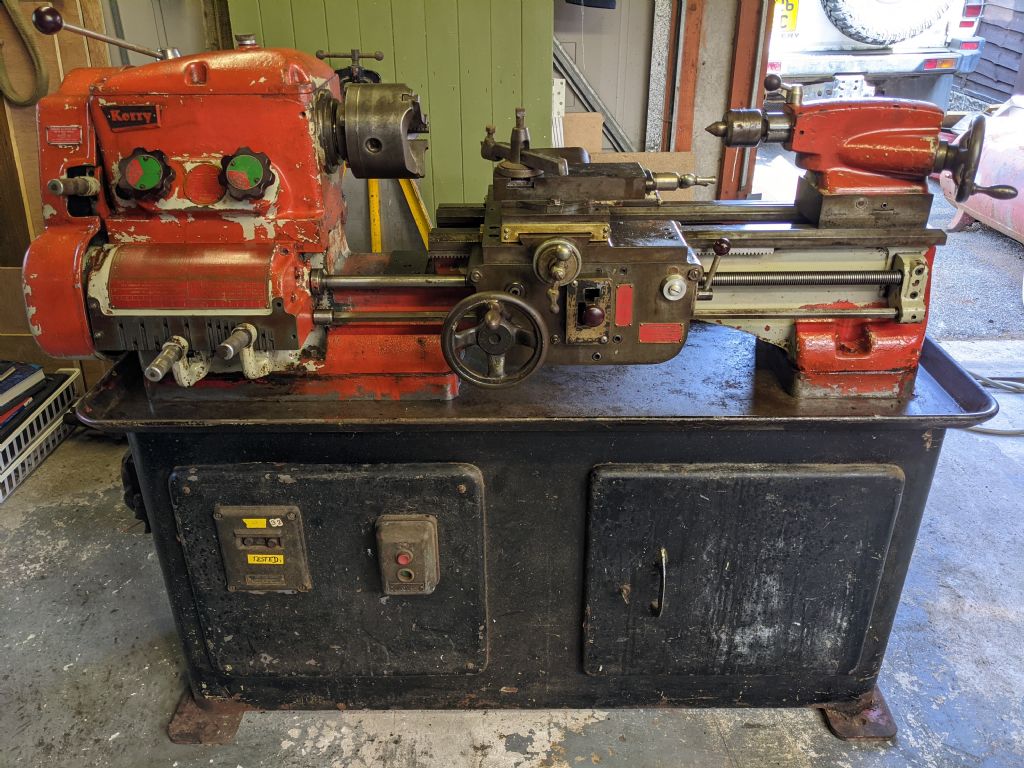When it comes to replacement gap pieces on a smaller machine I wonder how practical fabrication exploiting modern adhesives and fillers would be.
I suspect the actual loading in Home Shop use would be relatively small. As the necessary hours worked lifetime being vastly smaller than in industrial use something less durable than a proper one piece cast iron job ought to suffice. If the actual bearing surfaces are turcite / moglice or an equivalent refurbishing premature wear ought not to be a great issue anyway.
The job will go much easier if you have access to a reasonable size milling machine or can charm, bribe, coerce, bully someone who has. Bridgeport would be nice.
It seems feasible to start with a lump of flat steel or cast iron the full width of the bed and at least as thick as the basic flat section. Fit a shallow slot where the raised Vee will go. Slot to be at least the width of the Vee base. Make the Vee a prismatic section with a rectangular portion below the triangular Vee so that it sits in nicely. All the top surfaces need to be made a touch undersize as the final surface will be made in place using turcite / mogglice or whatever. Cut the centre part out when finished.
Make a base out of what ever seems reasonable. Probably best to fabricate by screwing and gluing rather than carve from solid. Not forgetting suitable cross braces.Using one of the high end metal loaded fillers rather than simple adhesive will significantly reduce the accuracy of design and manufacture needed. But you will have to spend time on jigging to ensure it assembles true. I doesn't have to be made dead nuts to size. Fill to take up errors or make a bit over then machine accurate.
The trickiest, and most important, part is getting the basic alignment correct. The base of the flat portion needs to be level and parallel to the base of the original flats. Sides also need to be parallel and in line. Shim or build up with filler. Swearing optional! Once its all set add screws as appropriate to to ensure all stays put under shock loads. Don't need many, or even particularly large ones, but you do need something.
Finish off by moulding the bearing surfaces in place using the cross slide for reference as in normal practice with turcite / moglice.
Think I'd start out by having a root round suppliers or E-Bay to see if a box angle plate of sufficiently close size could be found to use as a starter for the base. From what I can gather such are theoretically really useful things but never actually get used. Mine hasn't come out of the cupboard for a real job after 40 years and counting.
Thick wall U section is another potential starter. Weld on hefty flats as needed then machine. Thats the way I'd go. Make the whole thing except the prismatic Vee from weldments. But I have a Bridgeport and good welding gear.
Clive
 Michael Gilligan.
Michael Gilligan.




